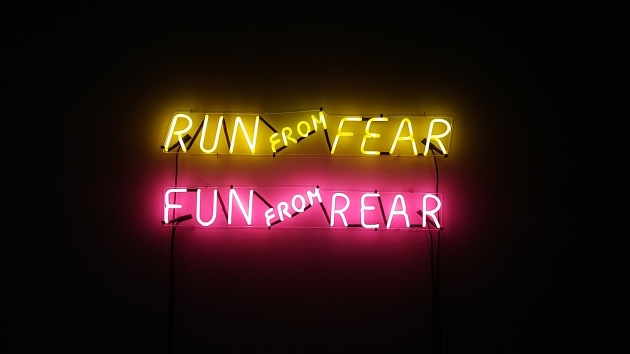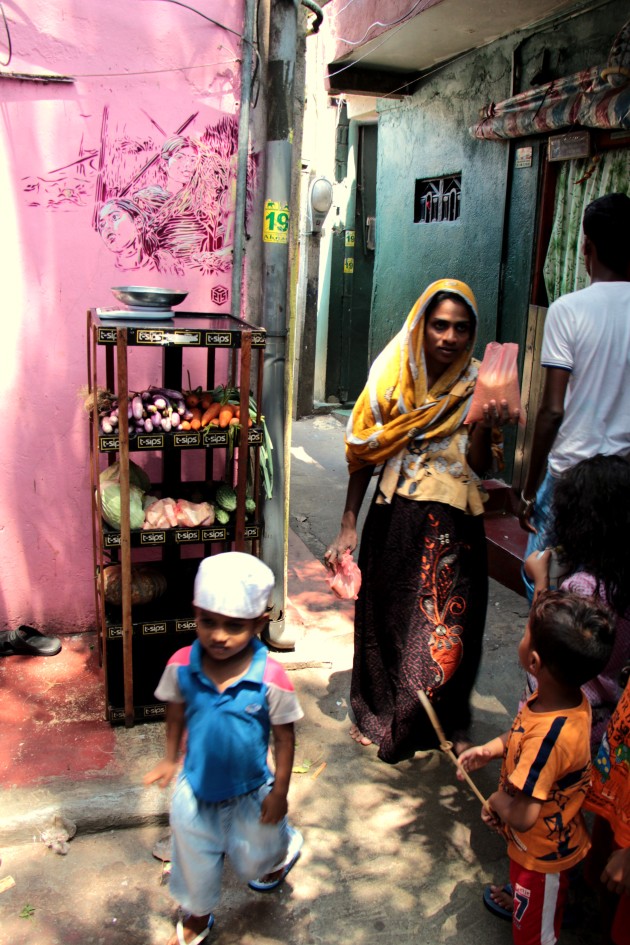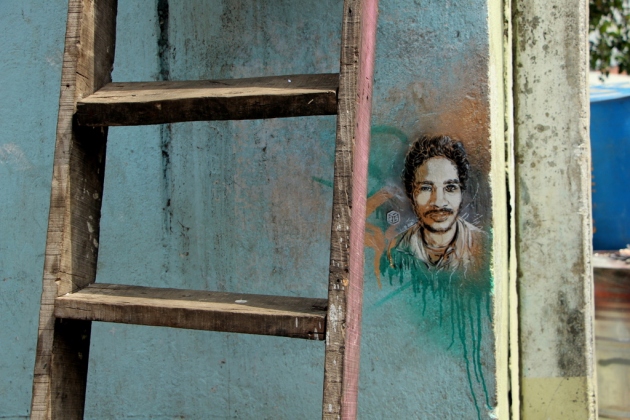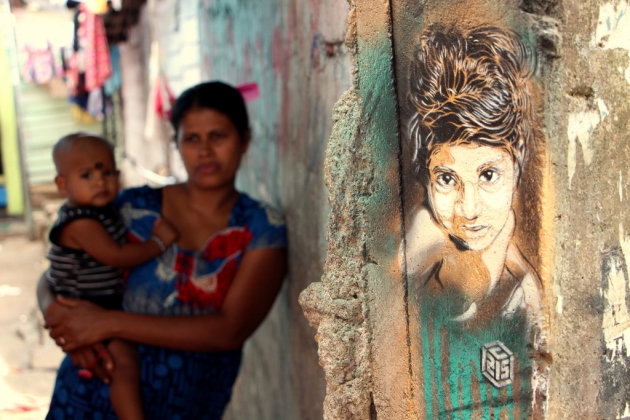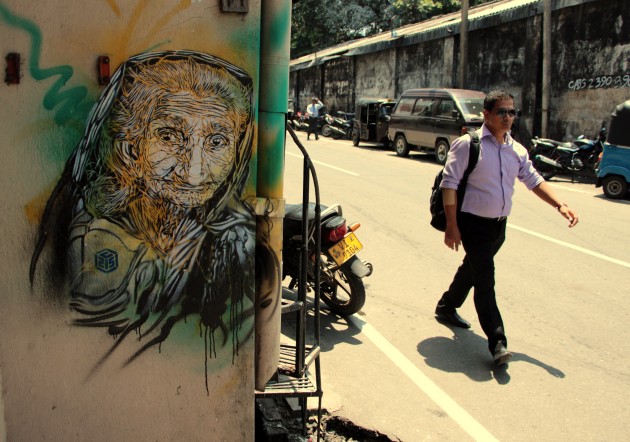To you,
On Saturday night, I found myself supermarket-hopping looking for Bombay onions and hand sanitizer.
The Bombay onion hunt preceded the COVID-19 panic (CoL in Colombo has been inching up. We also had a veggie shortage a few weeks ago which drove the prices higher). Our neighbourhood supermarket was back to relative normalcy this weekend – barring liquid soap and sanitizer – but last week, supermarket shelves were empty after the number of infections rose and people rushed to stockpile.
Packs and packs of Prima Kottumee were stacked in the wooden cases where vegetables should have been – as though the supermarket was assuaging us well we don’t have the vegetables you’re looking for but HEY when the apocalypse comes, you’ll have enough instant noodles.
//
There is a junction I dread during rush hours. If the traffic gods are benevolent, you breeze through. But when the traffic lights are switched off in the evenings and a young traffic cop is tasked with dealing with a swell of tired pedestrians and vehicles thrumming with impatience at a 4-way junction, honey, you’re stuck for a while.
There is a cemetery near this junction and one evening a few months ago there was a man outside it. Just standing there, his face pressed against the green metal barricade which separates the living from the dead. His back was towards us, he was dressed in work-wear and he had an office bag in his hand. Two cats sat at a distance, eyeing him with suspicion (what is it with graveyards and cats?).
Because we were stuck in traffic, because he ruptured the everyday body politic of urban evening life — people hurrying, speaking on the phone, hailing three-wheelers and buses – he began to draw attention. People walking along the pavement noticed the rest of us on the road staring at him and followed our gazes with curiosity. He stood there — silent, unmoving and unperturbed by the ripples of interest around him.
Did he have someone buried in the cemetery? Was he contemplating life and death? Was he reading the tombstones? The traffic cop finally turned to our lane and the lines of vehicles sputtered to life, lurching past the cemetery man.
//
The JNU news from a few months ago hit me hard because you have to realize what JNU is like. On most days it feels like a welcome bubble in a volatile city.
I went to spend the night with Indian A when I was studying in Delhi and we walked around the campus at 2am, stopping for tea and dinner at one of the canteens that stay open late into the night. 2am! In Delhi! A city I adored but rarely felt safe in! This was my first time in a student campus and it was so different from what I was used to at LSR, which feels like an afterthought added to a congested part of South Delhi. It was summer but I swear the air was a little cooler inside the campus. A few of A’s friends joined us and we walked and walked and talked. I never studied there but when JNU comes in the news, I think back to that night and of how safe I felt in that campus bubble.
And then the pogrom updates followed soon after and all I could do was follow the news updates with horror, watching a city I love consume itself.
//
I’ve been people watching a bit* and as I wrote about the cemetery man, I remembered the beach couple from a while back. I try and schedule my meetups at places by the beach because a) it is cooler. b) I have an excuse to go early and treat myself to a sunset. c) it’s the beach.
I was reading but this middle-aged couple (I am editorializing here, obvs. I am guessing they were a couple) caught my eye on a crowded Sunday evening. The two of them were knee-deep wading in the sea and neck-deep in conversation. I sat there for an hour, reading. Every time I looked up from my book, they were still there with drenched clothes. Oblivious to everyone else and only pausing to shift their weight, adjusting to the intensity of the waves crashing around them. Eyes and ears only for each other.
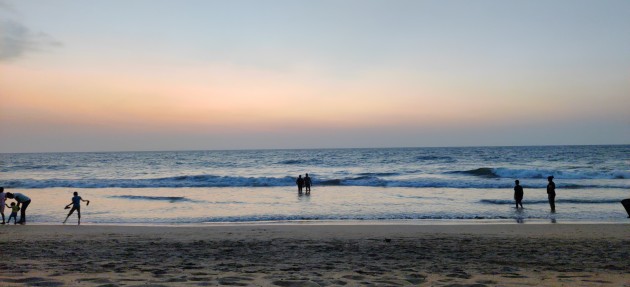
Yours, with a stock of sharp, pungent Bombay onions.
Me.
*I feel like I should explain that I am trying to detox from bad phone habits – to not reach for my phone all the time when I am in public and to relearn how to be comfortable with blank space and nothingness. There’s an excellent Rebecca Solnit essay about this.

 ////
////